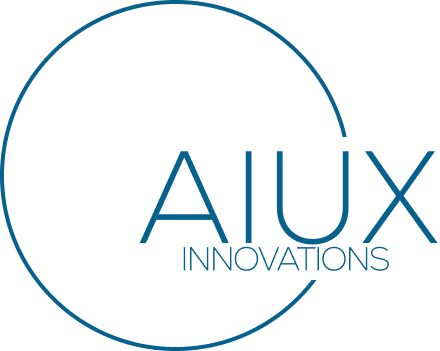This morning, my cousin @danydysli’s son, @thomasdysli, asked me a simple but powerful question:
“Does UX still help if the project is already behind?”
And honestly? That question hit me harder than I expected. Because it’s the kind of thing I hear all the time—in meetings, in Slack threads, in war rooms where deadlines are slipping and pressure is high. It’s also the question that defines why UX isn’t just valuable when things are going well—it’s crucial when they’re not.
Let’s talk about the scenario every UX leader knows too well. You join a project—or get pulled into one—and you’re already behind. Timelines are locked. Engineering is halfway through development. Stakeholders are saying things like, “Can UX just take a quick look at this before it goes live?”
Sound familiar?
At that moment, it’s tempting to throw up your hands and think: “What’s the point?” But here’s the truth: UX can still help—even when you’re behind. The key is understanding how to help, and being empowered to do it.
UX Isn’t Just a Department—It’s a Lens
Too often, UX is viewed as a service center for wireframes or design polish. When timelines get tight, UX is brought in to “make it look good” or “check usability.” But that’s not how great UX works. UX is not a tool. It’s a lens.
It’s the practice of asking the right questions at the right time—even if it’s late in the game. In my experience leading UX across healthcare, fintech, consumer tech, and startup ecosystems, I’ve seen how powerful it is to pause—even for a moment—to ask:
- Do we understand what our user is trying to accomplish here?
- Are we introducing unnecessary friction in the name of speed?
- Are we solving the right problem—or just solving it faster?
Sometimes the most valuable UX contributions happen after a sprint has started. Or mid-sprint. Or even post-launch. That’s not failure—it’s reality.
Behind Doesn’t Mean It’s Too Late
When you’re behind, stakeholders want speed. But speed without clarity leads to waste—both time and trust.
UX at this stage can:
- Uncover misaligned assumptions
- Prioritize what to fix now and what can wait
- Identify risk in user flows before they go live
- Reframe a solution so it’s easier to understand or adopt
- Find micro-moments of delight or guidance that improve satisfaction without delaying the timeline
I’ve worked with product teams that felt too behind to include UX—only to realize after a quick round of research or a design system reframe that we saved them weeks of rework down the line.
When done right, UX doesn’t slow things down. It speeds up the right kind of progress.
Empower UX to Intervene—Not Just Polish
If you treat UX like a fire extinguisher, it won’t help much. But if you treat it like an ongoing conversation with your users—it will save your product, your team, and your roadmap from costly missteps.
Here’s how I’ve helped teams turn late-stage UX involvement into real value:
- Injecting clarity and focus into projects already in motion
- Using design thinking to pivot quickly without rewriting the whole story
- Helping product and engineering make strategic sacrifices—the kind that actually preserve value
- Creating temporary UX “hotfixes” that buy time and trust while deeper changes are staged
If You’re Behind, That’s When UX Matters Most
Let’s be honest: no team is ever perfectly on time.
Roadmaps shift. Assumptions change. Business needs evolve.
But UX isn’t just for “when there’s time.”
UX is for when things get messy. Fast. Uncertain.
So yes—having a UX department still helps when you’re behind.
But only if the organization trusts that UX is more than polish.
It’s clarity under pressure.
If you’re behind, let UX in.
Not just to critique—but to contribute.
To solve. To refocus. To ship smarter, even if later than planned.
Because fixing the wrong thing fast is worse than pausing to fix the right thing well.
